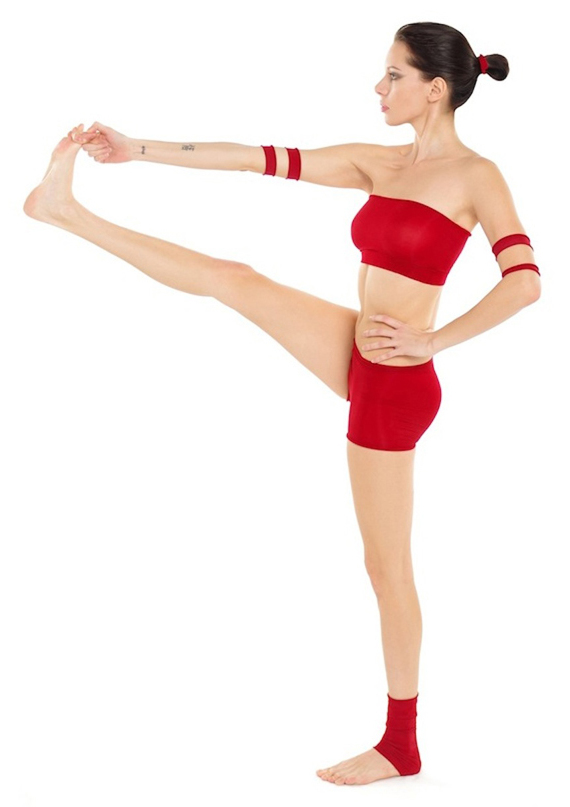Utthita Padangusthasana on:
[Wikipedia]
[Google]
[Amazon]
 Utthita Hasta Padangusthasana (Sanskrit: उत्थित हस्त पादाङ्गुष्ठासन, IAST: Utthita Hasta Pādāṅguṣṭhāsana), Standing Big Toe Hold or Extended Hand-to-Big-Toe Pose is a standing balancing
Utthita Hasta Padangusthasana (Sanskrit: उत्थित हस्त पादाङ्गुष्ठासन, IAST: Utthita Hasta Pādāṅguṣṭhāsana), Standing Big Toe Hold or Extended Hand-to-Big-Toe Pose is a standing balancing
 Utthita Hasta Padangusthasana (Sanskrit: उत्थित हस्त पादाङ्गुष्ठासन, IAST: Utthita Hasta Pādāṅguṣṭhāsana), Standing Big Toe Hold or Extended Hand-to-Big-Toe Pose is a standing balancing
Utthita Hasta Padangusthasana (Sanskrit: उत्थित हस्त पादाङ्गुष्ठासन, IAST: Utthita Hasta Pādāṅguṣṭhāsana), Standing Big Toe Hold or Extended Hand-to-Big-Toe Pose is a standing balancing asana
An asana is a body posture, originally and still a general term for a sitting meditation pose,Verse 46, chapter II, "Patanjali Yoga sutras" by Swami Prabhavananda, published by the Sri Ramakrishna Math p. 111 and later extended in hatha yoga ...
in modern yoga as exercise.
Etymology and origins
The name comes from the Sanskrit words ''Utthita'' (उत्थित) meaning "extended", ''Hasta'' (हस्त) meaning "hand", ''Pada'' (पद) meaning "foot", ''Angustha'' (ङ्गुष्ठ) meaning "thumb" or "toe", and ''Asana'' (आसन) meaning "posture" or "seat". The pose however does not appear to be Indian in origin, and it is not found in the medievalhatha yoga
Haṭha yoga is a branch of yoga which uses physical techniques to try to preserve and channel the vital force or energy. The Sanskrit word हठ ''haṭha'' literally means "force", alluding to a system of physical techniques. Some haṭha ...
texts. A similar pose was described in Niels Bukh's early 20th century Danish text ''Primitive Gymnastics'', which in turn was derived from a 19th century Scandinavian tradition of gymnastics. The pose had arrived in India by the 1920s. Swami Kuvalayananda
Swami Kuvalayananda (born Jagannatha Ganesa Gune, 30 August 1883 – 18 April 1966) was a yoga guru, researcher, and educator primarily known for his pioneering research into the scientific foundations of yoga. He started research on yoga in 192 ...
incorporated it into his system of exercises, from where it was taken up by the influential yoga teacher Tirumalai Krishnamacharya.
Description
Utthita Padangusthasana is a pose with the body standing straight, on one leg; the other leg is stretched out straight, and the foot of the raised leg is grasped by the hand on the same side of the body. It is entered from the standing poseTadasana
Tadasana ( sa , ताड़ासन, translit=Tāḍāsana), Mountain pose or Samasthiti ( sa, समस्थिति; IAST: ''samasthitiḥ'') is a standing asana in modern yoga as exercise; it is not described in medieval hatha yoga text ...
. The pose has two forms: I, with the raised leg to the front, and the opposite hand to the hip; II, with the raised leg to the side, and the opposite hand stretched out straight to the other side. Students can practise the pose using a strap to hold the extended foot, or a ledge or wall for support; or may keep the knee bent. The pose is at the start of the Primary Series of Ashtanga vinyasa yoga.
Variations
Utthita Ekapadasana is a milder form of the same pose, the leg not lifted far enough for the toes to be grasped. Utthita Parshvasahita has the raised leg out to the side and the head turned away from the raised leg. Svarga Dvijasana (Bird of Paradise pose) has the raised leg out to the side, the hands clasped under the thigh with the arm on the raised leg side in front, the other arm behind.Notes
References
Sources
* * * {{Yoga as exercise One-legged asanas